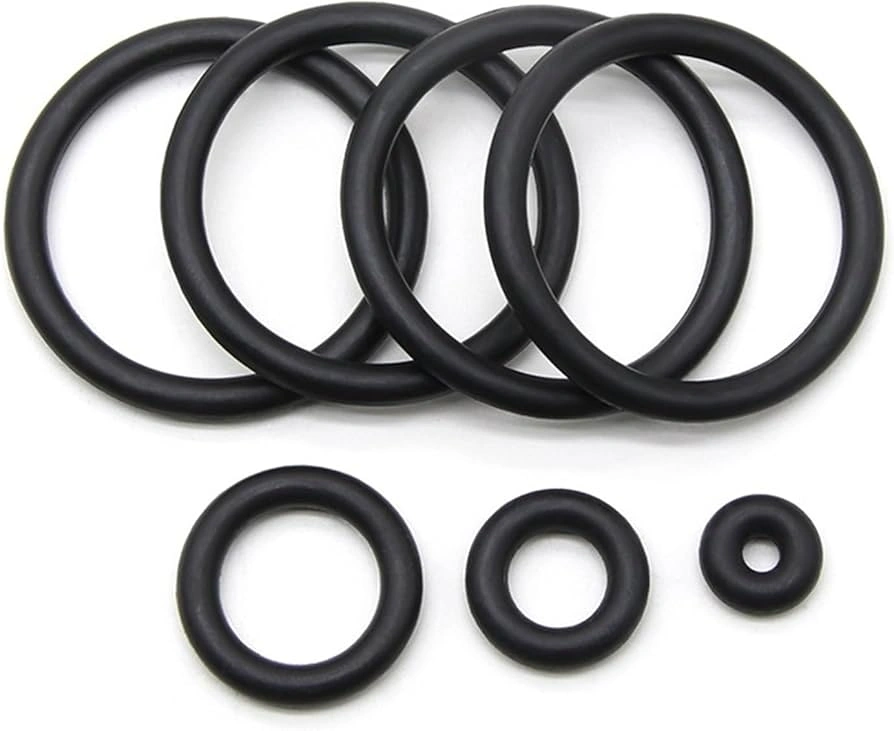Seals are widely used in various industries. Previously, we introduced the materials of seals, and today we will discuss the types and forms of seals commonly used in industrial machinery. Construction machinery heavily relies on hydraulic cylinders, and hydraulic cylinders, in turn, depend on sealing components. The most common sealing components are seals, also known as oil seals, which serve to isolate oil, preventing leakage or passage. The most common types of seals used in hydraulic cylinders include: dust seals, piston rod seals, buffer seals, guide support rings, end cover seals, and piston seals.
Dust Seals
Dust seals are installed on the outer side of the hydraulic cylinder end cover to prevent external contaminants from entering the cylinder. Based on their installation method, they can be categorized into snap-in and press-in types.
The snap-in dust seal is the most common type. As the name suggests, it is snapped into a groove inside the end cover and is suitable for less demanding environmental conditions. Snap-in dust seals are typically made of polyurethane and come in various structural forms, such as the H and K types, which have a double-lip structure but follow the same fundamental principle.
Press-in dust seals, on the other hand, are used under harsh and heavy-load conditions. Instead of being snapped into a groove, they are reinforced with a metal layer over the polyurethane material to enhance strength, and they are pressed into the hydraulic cylinder end cover. Press-in dust seals also come in various forms, including single-lip and double-lip designs.
Piston Rod Seals
Piston rod seals, also known as U-cups, are the primary seals for piston rods. They are installed on the inner side of the hydraulic cylinder end cover and function to prevent hydraulic oil from leaking out. These seals are made of polyurethane or nitrile rubber. In some cases, they need to be used together with support rings (also called backup rings), which prevent the seal from being deformed under pressure. Piston rod seals also come in different variations.
Buffer Seals
Buffer seals act as auxiliary piston rod seals, protecting the piston rod when system pressure suddenly increases. There are three common types of buffer seals. Type A is a single-piece polyurethane seal. Types B and C are two-piece seals designed to prevent seal extrusion and allow them to withstand higher pressure.
Guide Support Rings
Guide support rings are installed on the hydraulic cylinder end cover and piston, supporting the piston rod and piston while guiding their linear movement. They also prevent direct metal-to-metal contact. The materials used for guide support rings include plastic, PTFE-coated bronze, and more.
End Cover Seals
End cover seals provide static sealing between the hydraulic cylinder end cover and the cylinder wall, preventing hydraulic oil from leaking through the gap between the end cover and the cylinder wall. They are typically composed of nitrile rubber O-rings and support rings (backup rings).
That concludes our introduction to the commonly used seals in construction machinery! All the above-mentioned silicone rubber seals can be custom-manufactured by Rilong Rubber & Plastic Products Factory. We welcome custom orders based on drawings and samples.

Hi, this is a comment.
To get started with moderating, editing, and deleting comments, please visit the Comments screen in the dashboard.
Commenter avatars come from Gravatar.